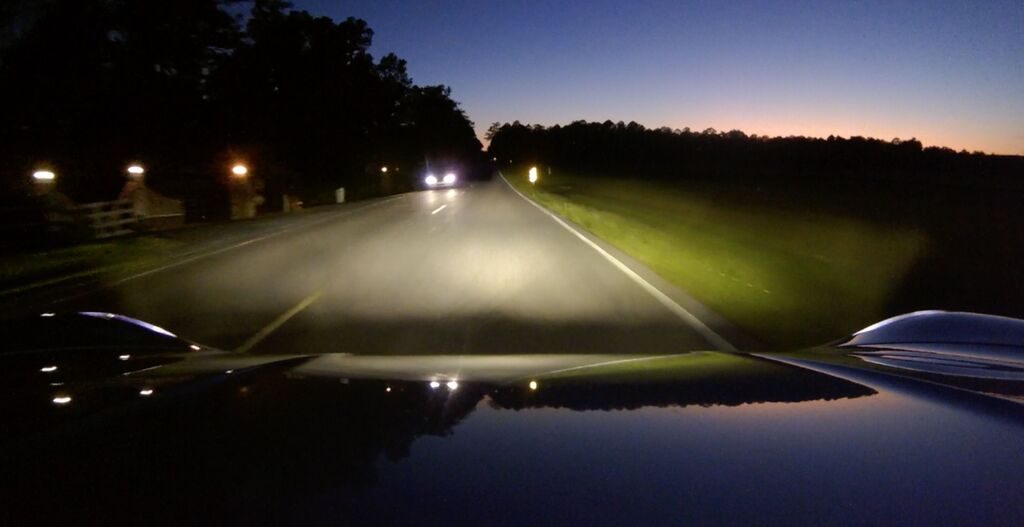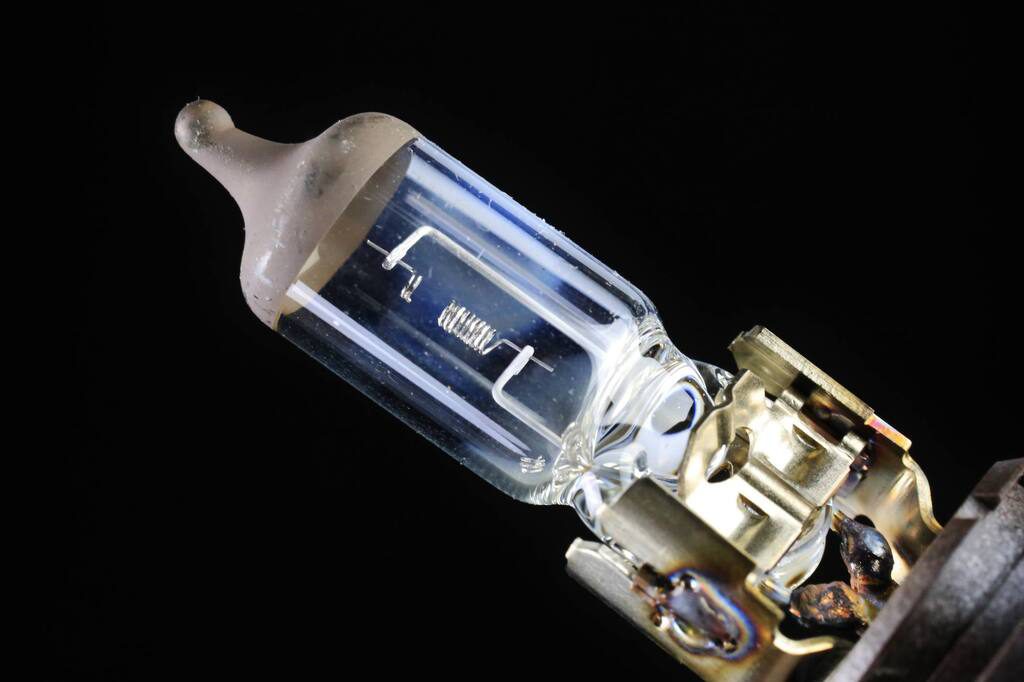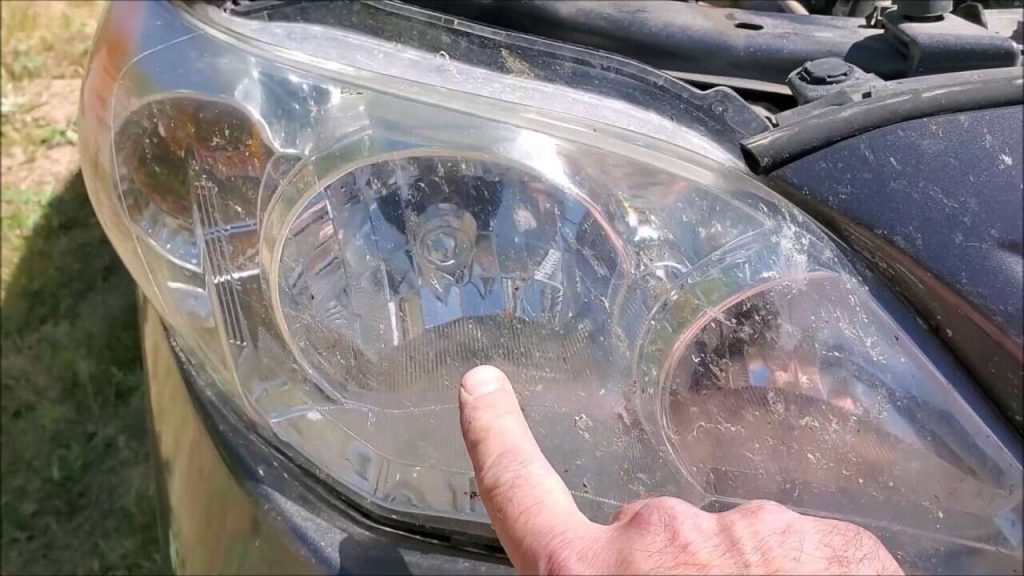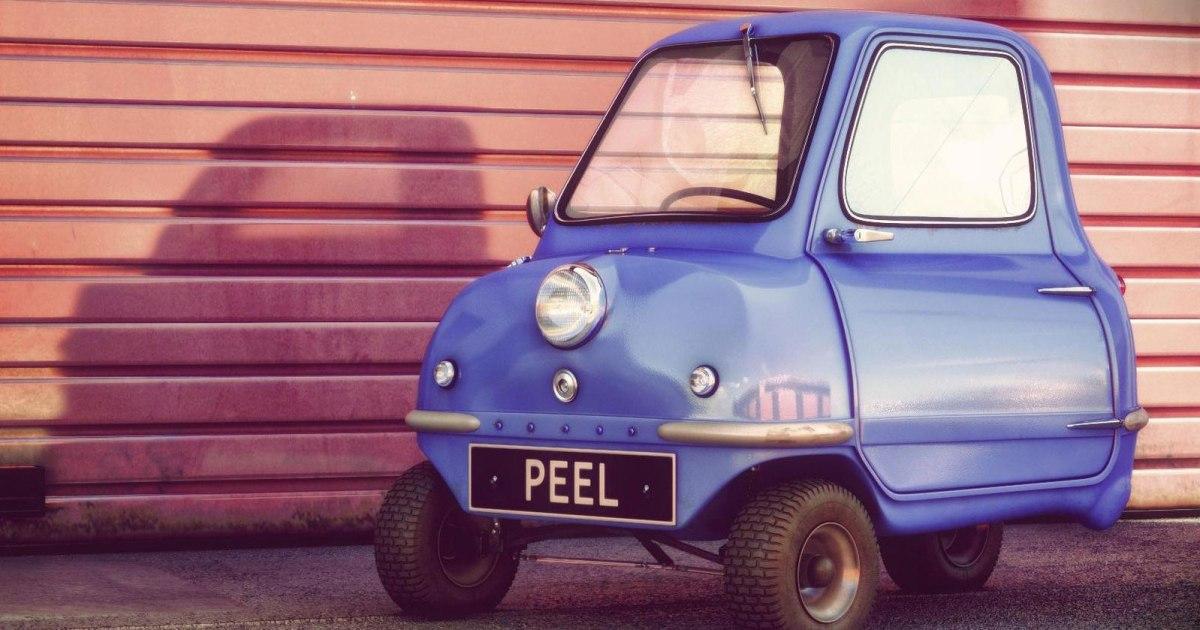Are There Different Bulbs For High And Low Beams?
Each car has low beam and high beam headlights to use in different situations. That delivers a question: How do low and high beam headlights work? Do they have different types of bulbs or do they use a single one? What should we do for their maintenance then? Follow me and I will answer all questions you might have on this matter.
What Are Low And High Beam Headlights?

Headlights serve the purpose of seeing in front of you at night. They also feature two specific modes — low beam and high beam.
Low beam headlights emit a low beam, dipped beam at a downward angle and is used as daily running lights driving on main city roads and busy highways. The low beam is shorter range and adequate for illuminating the road closer to the car. Low beam headlights output a maximum of 1380 lumens and light up a distance between 150-200 feet in front of the car. They could run either on 12 V or 6 V, using between 45- 55 Watts.
On the other hand, high beam headlights emit a high beam straight ahead. They are not used all the time, but are used mainly on open freeways and dark rural roads because it is very bright, front-facing, and have a longer range. High beam outputs a maximum of 1410 lumens, can light up to 250-350 feet ahead of the car. A high beam usually runs on 12 V, and uses a 55 Watt bulb, with an upper limit of 65 Watt.
To ensure optimum effectiveness, both low and high beam lights have distinct functions based on the intensity and projection of light. The general rule is to engage low beams when the oncoming traffic is within a distance of 150 meters or around 500 ft.
People in well-lit city areas, where there is a healthy flow of traffic always use low beams. This prevents them from blinding oncoming drivers, ensuring a safer environment for everyone.
Contrary to popular belief, in extreme weather conditions like rain, fog, or snowfall, one should switch to low beams. This is mainly because the water molecules reflect the light from high-beam headlights. That, in turn, would make it all the more difficult for drivers to have a clear view of the road. The water spots usually blur everything in front of you.
People tend to use high beams in rural areas or in the dark for better vision. Doing so will prevent you from blinding the driver in front of you due to the reflection in the rear-view mirror.
Depending on weather, brightness, and location, both modes have their advantages.
Low Beam:
- Fewer accidents: Using low beams can ensure greater safety for oncoming traffic and of the vehicle in front of you.
- Ideal for extreme weather conditions: Be it rain, fog, or snow, you should use low beams in order to have better visibility of the road. The light particles won’t bounce off of the cloud particles and blind the driver.
- The civilized way to travel: The beam won’t cause strain on the eyes of pedestrians, cyclists and motorists alike.
High Beam
- Better visibility: Due to greater intensity in the projection of light, high beams are ideal in poorly lit areas or on deserted highways.
- Can be used as a signaling device: We can flash our high beams to warn people of the vehicle’s presence or to signal the right of passage.
- Curbing noise pollution: Flashing high beams at night, instead of using your horn, can reduce noise pollution.
SEE MORE:
- The Hundred-Year History Of Automotive Headlights
- Projector vs Reflector Headlights: Key Differences
Are There Different Bulbs For Low And High Beam?

The answer is, it depends. In the past, high beams and low beams were separate bulbs on all cars. Today, that’s not the case. Most modern vehicles have a single bulb with two filaments. One is for the low beams and one is for the high beams. However, that’s not true across the board.
Some cars (mostly higher-end vehicles or performance vehicles) do have separate bulbs for their high and low beams. Generally, you’ll have a standard halogen bulb for low beams, and then an HID bulb for your high beams. These are not interchangeable. Both require a different bulb (HID bulbs are significantly more expensive than halogen bulbs, as well).
Depending on the vehicle in question, you may also have LED bulbs – some automakers use these for parking lights/turn signals, while others are beginning to use them for the actual headlight (these are still rare, although there are aftermarket LED kits available).
Single Filament Bulbs
Single filament bulbs, as the name suggests, have only one filament. Therefore, they only have two settings—they’re either off or on. Vehicles that use single filament bulbs in the headlights have two separate bulbs. One bulb functions as the low beam or dipped beam headlight and the other can be turned on to create the brighter high beams or main beams. Many vehicles use single filament bulbs. The most common single filament headlight bulbs are H7, H1, and H3 bulbs.
Dual Filament Bulbs
Dual filament bulbs contain two filaments in one bulb. This allows the bulb to serve as both the high beam and low beam headlights in one. With the lower filament on, the bulb acts as the low beam. With both on, the bulb is brighter and functions as a high beam headlight.
The most common dual filament bulb used in headlights is the H4 bulb. Cars that use these dual filament bulbs can make it easier on drivers. Instead of buying and replacing four separate headlight bulbs, owners of cars with dual filament bulbs only need two.
If you don’t know what type of bulbs your headlights are, you can check the front of your car. If there are four headlight elements (two on each side), chances are good that you have separate high and low beams. If you only have two headlight elements (one per side), then your vehicle uses a dual filament bulb to operate both the high and low beams.
Headlights Maintenance

Your headlights lead the way whatever the weather and keep you and others on the road safe, so they need to function properly. If they don’t, it could endanger yourself and others.
Headlight casings can get foggy, dull, yellowed, and cloudy over time from oxidization. This happens when the UV protective layer starts to degrade. The plastic on headlights is durable. But the protective film on top tends to degrade over time from sunlight, moisture, and road and environmental pollutants. It’s best to clean and maintain your headlights regularly. But if they degrade so much that it affects your visibility then you can try to restore it. You could also buy a vinyl film to get headlight protection.
Here are a few things you can do at home, they are easy and cheap!
Buy A Headlights Restoration Kit
These are of varying quality and price and the methods required to get desired results. It’s worth checking out reviews to see what will best suit your needs.
Clean Headlights With Toothpaste
This is a cheap alternative that requires a little elbow grease and time. Buy regular toothpaste. Try to get the kind with baking soda or you can add some yourself for some abrasion. Wash the headlights first, then apply a thick coat of paste with your fingertips. Grab your spare toothbrush and rub in small circles for between 5 and 10 minutes until the debris and grit are gone.
Use Baking Soda And Vinegar
Good old low-cost household cleaners come to the rescue of dull headlights – albeit temporarily, as you’ll need to keep it up regularly. You can combine the two cleaners and use a microfiber cloth or toothbrush and see whether there’s any improvement after rinsing. You might need to repeat the process. You can then add a coat of waxing compound after the plastic dries to polish the headlight.
If you want to read more interesting information about your car, take a visit to Maintenance Tips! We have many tips and tricks for keeping your car in tip-top shape and some industry knowledge you may be surprised to find out about!














